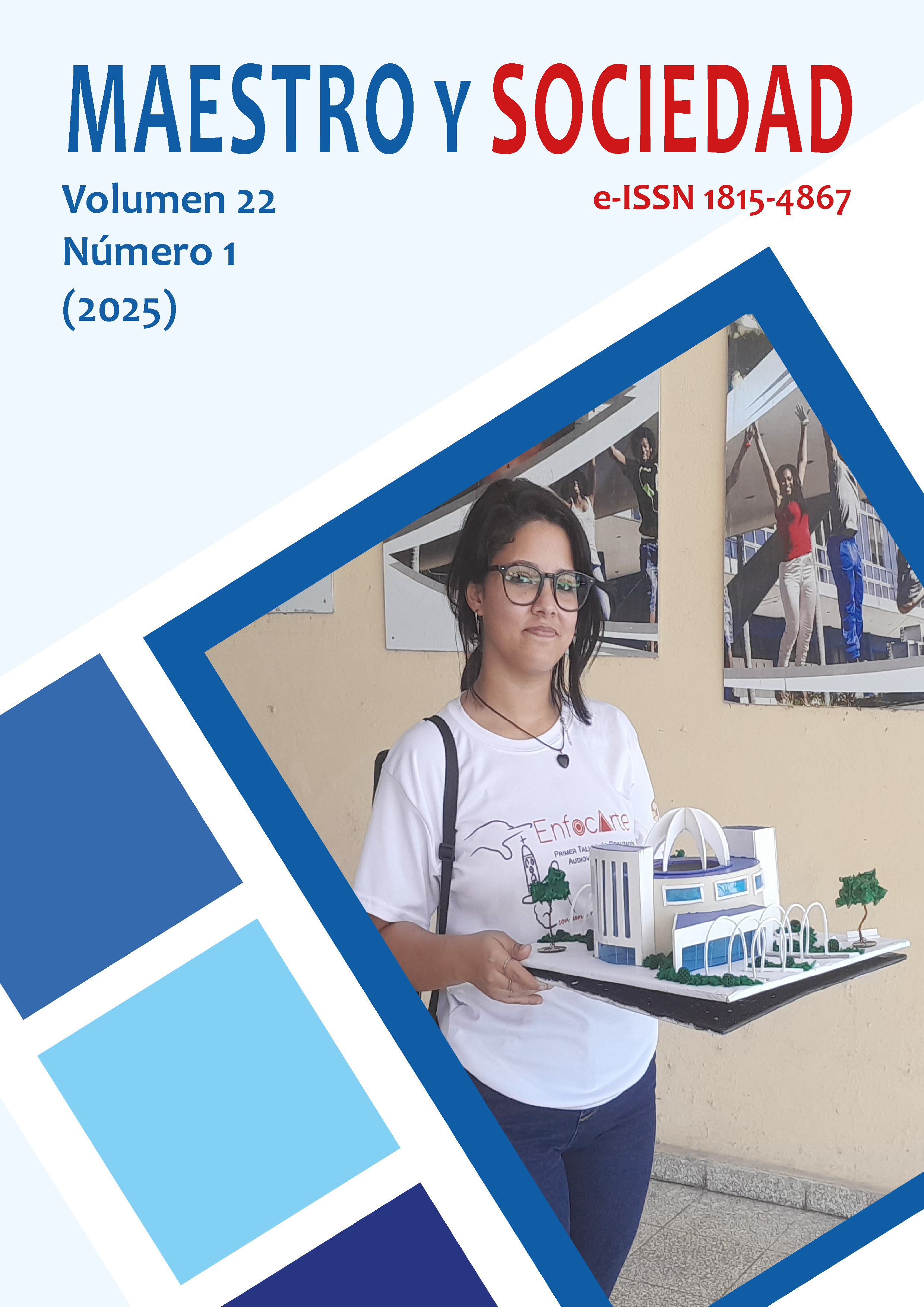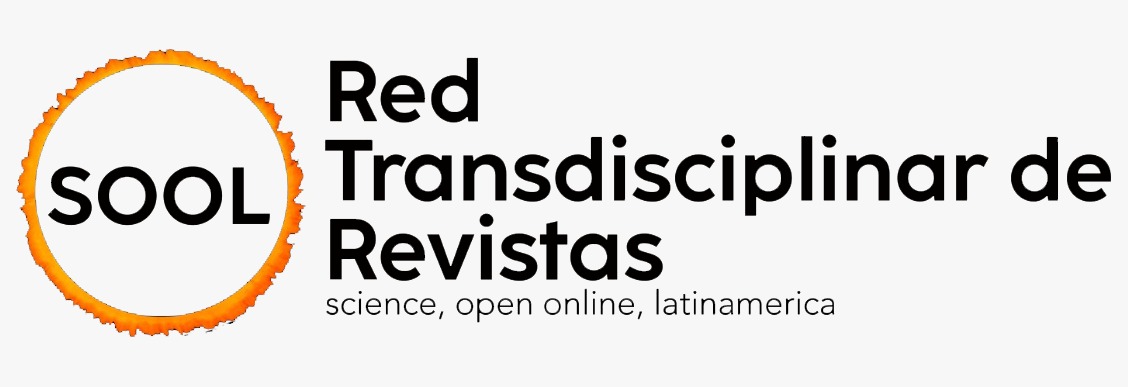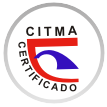Relação entre a rotação do ombro e a estabilidade do core na velocidade de nado crawl do nadador
Palavras-chave:
Rotação do ombro, estabilidade do core, velocidade, ULRT, biomecânicaResumo
Introdução: A velocidade de nado é um fator determinante na natação competitiva, portanto, a eficiência da velocidade de rotação do ombro e a força de estabilidade do core são fatores-chave para o desempenho na água. Objetivo: Determinar a relação entre a rotação do ombro, a estabilidade do core e seu impacto na velocidade de nadadores no estilo crawl. Materiais e métodos: A pesquisa contou com uma amostra de 92 nadadores, onde foram avaliadas a velocidade nos 200 m estilo crawl, rotação de ombros utilizando o teste de membros superiores (TLMS) e a estabilidade do core para mensurar a resistência e força do core. Análises estatísticas e correlacionais foram utilizadas para determinar o nível de correlação das variáveis. Resultados: Em relação aos testes avaliados, os homens apresentaram melhor desempenho em dois dos três testes em comparação às mulheres. A rotação do ombro mostra um nível moderado de correlação com a velocidade (VCramer 0,320 / sig. 0,001). Discussão: A estabilidade do núcleo está correlacionada com a velocidade em um nível moderado (VCramer 0,282 / sig. 0,005). Conclusões: Há outros fatores a considerar, tais como: biomecânicos, abióticos e fisiológicos.
Referências
Awatani T, Morikita I, Mori S, Shinohara J, Tatsumi Y. Relationship between isometric shoulder strength and arms-only swimming power among male collegiate swimmers: study of valid clinical assessment methods. J Phys Ther Sci. 2018;30(4):490–5.
Betancourt Velásquez AC, Caviedes Niño IL. Metodología de correlación estadística de un siste-ma integrado de gestión de la calidad en el sector salud. SIGNOS - Investigación en sistemas de gestión. 2018 Sep 28;10(2):119–39.
Bouvet A, Pla R, Delhaye E, Nicolas G, Bideau N. Profiling biomechanical abilities during sprint front-crawl swimming using IMU and functional clustering of variabilities. Sports Biomech. 2024 Jun 18;1–21.
De Blaiser C, Roosen P, Willems T, Danneels L, Bossche L Vanden, De Ridder R. Is core stability a risk factor for lower extremity injuries in an athletic population? A systematic review. Vol. 30, Physical Therapy in Sport. Churchill Livingstone; 2018. p. 48–56.
Decleve P, Attar T, Benameur T, Gaspar V, Van Cant J, Cools AM. The “upper limb rotation test”: Reliability and validity study of a new upper extremity physical performance test. Physical Thera-py in Sport. 2020 Mar 1;42:118–23.
Engdahl SM, Gates DH. Reliability of upper limb and trunk joint angles in healthy adults during activities of daily living. Gait Posture. 2018 Feb 1;60:41–7.
Engdahl SM, Gates DH. Reliability of upper limb and trunk joint angles in healthy adults during activities of daily living. Gait Posture. 2018 Feb 1;60:41–7.
Gonjo T, Polach M, Olstad BH, Romann M, Born DP. Differences in Race Characteristics between World-Class Individual-Medley and Stroke-Specialist Swimmers. Int J Environ Res Public Health. 2022 Oct 1;19(20).
Greene FS, Perryman EE, Cleary CJ, Cook SB. Core Stability and Athletic Performance in Male and Female Lacrosse Players. Int J Exerc Sci. 2019;12(4):1138–48.
Hollander AP, de Groot G, van Ingen Schenau GJ, Toussaint HM, de Best H, Peeters W, et al. Measurement of active drag during crawl arm stroke swimming. J Sports Sci. 1986 Mar;4(1):21–30.
Huxel Bliven KC, Anderson BE. Core Stability Training for Injury Prevention. Sports Health. 2013 Nov;5(6):514–22.
Job TDW, Cross MR, Cronin JB. Comparison of Shoulder Rotation Strength and Test–Retest Re-liability in 3 Test Positions With Swimmers. J Sport Rehabil. 2024;1–7.
Karpiński J, Rejdych W, Brzozowska D, Gołaś A, Sadowski W, Swinarew AS, et al. The effects of a 6-week core exercises on swimming performance of national level swimmers. PLoS One. 2020 Aug 1;15(8 August).
Karpiński J, Rejdych W, Brzozowska D, Gołaś A, Sadowski W, Swinarew AS, et al. The effects of a 6-week core exercises on swimming performance of national level swimmers. PLoS One. 2020 Aug 31;15(8):e0227394.
Khiyami A, Nuhmani S, Joseph R, Abualait TS, Muaidi Q. Efficacy of Core Training in Swimming Performance and Neuromuscular Parameters of Young Swimmers: A Randomised Control Trial. J Clin Med. 2022 Jun 1;11(11).
Knechtle B, Dalamitros AA, Barbosa TM, Sousa CV, Rosemann T, Nikolaidis PT. Sex Differences in Swimming Disciplines—Can Women Outperform Men in Swimming? Int J Environ Res Public Health. 2020 May 22;17(10):3651.
Lopes TJA, Simic M, Alves D de S, Bunn P dos S, Rodrigues AI, Terra B de S, et al. Physical Perfor-mance Measures of Flexibility, Hip Strength, Lower Limb Power, and Trunk Endurance in Healthy Navy Cadets: Normative Data and Differences Between Sex and Limb Dominance. J Strength Cond Res. 2021 Feb;35(2):458–64.
MINISTERIO DEL DEPORTE. La natación, un deporte para todos. 2022. Available from: https://www.deporte.gob.ec/la-natacion-un-deporte-para-todos/
Olivier N, Daussin FN. Relationships Between Isokinetic Shoulder Evaluation and Fitness Charac-teristics of Elite French Female Water-Polo Players. J Hum Kinet. 2018 Oct 15;64(1):5–11.
Peterson Silveira R, Soares SM, Zacca R, Alves FB, Fernandes RJ, Castro FA de S, et al. A Biophysi-cal Analysis on the Arm Stroke Efficiency in Front Crawl Swimming: Comparing Methods and De-termining the Main Performance Predictors. Int J Environ Res Public Health. 2019 Nov 26;16(23):4715.
Saki F, Shafiee H, Tahayori B, Ramezani F. The effects of core stabilization exercises on the neu-romuscular function of athletes with ACL reconstruction. Sci Rep. 2023 Dec 1;13(1).
Schnitzler C, Seifert L, Chollet D. Arm Coordination and Performance Level in the 400-m Front Crawl. Res Q Exerc Sport. 2011 Mar;82(1):1–8.
Seifert L, Carmigniani R. Coordination and stroking parameters in the four swimming techniques: a narrative review. Sports Biomech. 2023 Dec 2;22(12):1617–33.
Silfies SP, Ebaugh D, Pontillo M, Butowicz CM. Critical review of the impact of core stability on upper extremity athletic injury and performance. Braz J Phys Ther. 2015 Oct;19(5):360–8.
Swanik KA, Lephart SM, Swanik CB, Lephart SP, Stone DA, Fu FH. The effects of shoulder plyome-tric training on proprioception and selected muscle performance characteristics. J Shoulder El-bow Surg. 2002;11(6):579–86.
van Houwelingen J, Schreven S, Smeets JBJ, Clercx HJH, Beek PJ. Effective Propulsion in Swimming: Grasping the Hydrodynamics of Hand and Arm Movements. J Appl Biomech. 2017 Feb;33(1):87–100.
Werlayne Stuart Soares Leite M. Biomechanics applied to the sport: contributions, perspectives and challenges. Available from: http:www.efdeportes.com/efd170/biomecanica-aplicada-al-deporte.htm
Yu Kwok W, Chun Lung So B, Hon Ting Tse D, Sheung Mei Ng S. 564` 564`Biomechanical Evalua-tion of the Effectiveness of Strength and Conditioning Training Programs on Front Crawl Swimming Performance. J Sports Sci Med. 2021;20:564–85. Available from: http://www.jssm.orgDOI:https://doi.org/10.52082/jssm.2021.564`A
Zacca R, Demarie S, Morouço P. Editorial: Training and performance in swimming. Vol. 15, Fron-tiers in Physiology. Frontiers Media SA; 2024.
Zamparo P, Capelli C, Pendergast D. Energetics of swimming: a historical perspective. Eur J Appl Physiol. 2011 Mar 27;111(3):367–78.
Publicado
Como Citar
Edição
Seção
Licença
Copyright (c) 2025 Vinicio Misael Romero Rivera

Este trabalho está licenciado sob uma licença Creative Commons Attribution-NonCommercial-NoDerivatives 4.0 International License.
Esta revista proporciona un acceso abierto inmediato a su contenido, basado en el principio de que ofrecer al público un acceso libre a las investigaciones ayuda a un mayor intercambio global de conocimiento. Cada autor es responsable del contenido de cada uno de sus artículos. Los artículos pueden ser inéditos o estar disponibles previamente en servidores de preprints reconocidos por la revista. Sin embargo, no se permite la duplicación de la publicación o traducción de un artículo ya publicado en otra revista o como capítulo de un libro.
This journal provides immediate open access to its content, based on the principle that providing the public with free access to research supports a greater global exchange of knowledge. Each author is responsible for the content of each of their articles. Articles may be previously unpublished or available on preprint servers recognized by the journal. However, duplication of publication or translation of an article already published in another journal or as a book chapter is not permitted.
Esta revista oferece acesso aberto imediato ao seu conteúdo, com base no princípio de que oferecer ao público acesso gratuito à pesquisa contribui para um maior intercâmbio global de conhecimento. Cada autor é responsável pelo conteúdo de cada um de seus artigos. Os artigos poderão ser inéditos ou estar previamente disponíveis em servidores de preprints reconhecidos pela revista. No entanto, não é permitida a duplicação de publicação ou tradução de artigo já publicado em outro periódico ou como capítulo de livro.



























 Universidad de Oriente
Universidad de Oriente 